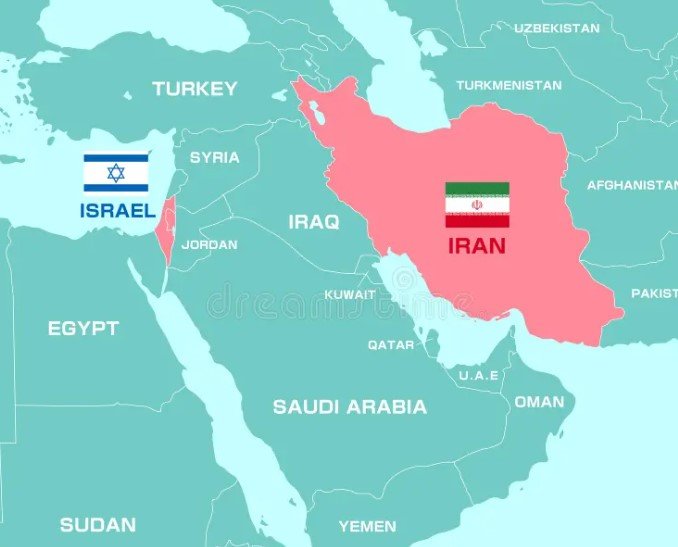The Israel Palestine conflict centers on land rights and justice, with roots stretching back over a century and escalating into a major Middle East war by 2025. Recent updates show ongoing violence in Gaza, with over 93,000 Palestinian deaths reported amid claims of genocide, as international efforts push for ceasefires.
Historical Roots of the Dispute
The conflict started long before the 2023 Hamas attack on Israel. It began during World War I when Britain and France divided the Ottoman Empire’s lands in the Middle East.
Britain gained control over Palestine under a mandate to prepare it for self rule. Yet plans shifted with the 1917 Balfour Declaration, which supported a Jewish national home there without input from the Arab majority.
This move ignored the rights of locals who formed over 90 percent of the population. It set the stage for tensions over land ownership and self determination.
Jewish immigration surged in the following decades, driven by persecution in Europe. The Zionist movement promoted Palestine as a safe haven, especially after the Holocaust.
By the 1940s, the Jewish population had grown from about five percent to around 30 percent. This rapid change sparked clashes as Palestinians resisted what they saw as foreign takeover.

Key Betrayals by Western Powers
Western powers played a direct role in shaping the conflict through broken promises. Britain promised Arabs independence for help against the Ottomans but later backed Jewish settlement instead.
France and Britain secretly agreed to split the region in the Sykes Picot Agreement of 1916. This deal carved up lands without regard for local wishes.
After World War II, the United Nations proposed partitioning Palestine in 1947. The plan gave 56 percent of the land to a Jewish state, though Jews owned only seven percent at the time.
Palestinians rejected this as unfair, leading to the 1948 war. Israel declared independence, and hundreds of thousands of Palestinians fled or were expelled in what they call the Nakba.
These events displaced about 750,000 people. Many ended up in refugee camps in Gaza, the West Bank, and neighboring countries.
Today in 2025, echoes of these betrayals fuel ongoing disputes. International courts have ruled Israeli settlements in occupied territories illegal, demanding withdrawal by September 2025 based on 1967 borders.
Rise of Tensions and Immigration Waves
Jewish emigration to Palestine ramped up due to anti Semitism in Europe. From the late 1800s, Zionists sought a homeland to escape pogroms and discrimination.
Between 1919 and 1939, over 250,000 Jews arrived under British rule. This influx bought land and built communities, often displacing Arab farmers.
Economic boycotts and riots erupted in the 1920s and 1930s. The 1936 Arab Revolt against British policies and immigration led to harsh crackdowns.
Post Holocaust, another wave brought survivors seeking safety. By 1948, these shifts altered demographics and heightened fears of loss among Palestinians.
In modern times, this history ties into current annexations. Israeli leaders have pushed for full control over the West Bank, with plans announced in 2025 for sovereignty there.
Current State of the War in 2025
As of October 2025, the war rages on two years after the October 7, 2023, attack. Israeli forces continue operations in Gaza, with recent airstrikes targeting Hamas leaders.
Negotiations involve US President Donald Trump proposing a ceasefire plan. Hamas responded positively but seeks more talks for a full deal.
Violence has spread to the West Bank, where settlements expand. Over 700,000 Israeli settlers now live there, fragmenting Palestinian areas.
International bodies warn of humanitarian crises. The United Nations reports famine conditions in Gaza, with most residents displaced.
Key developments include:
- Israeli airstrikes in September 2025 hit targets in Doha, killing some Hamas figures.
- Calls from Israeli officials to annex Gaza and the West Bank fully.
- UN investigations into war crimes, stalling 88 percent of cases against soldiers.
A recent study estimates 93,000 traumatic injury deaths in Gaza by mid 2025. Indirect deaths from starvation and disease could push totals higher.
Humanitarian Impact and Global Response
The war has devastated Gaza’s infrastructure. Hospitals, schools, and homes lie in ruins, with 82 percent of people in poverty before the escalation.
Women and children make up nearly half of the over 60,000 confirmed deaths. Rights groups accuse Israel of genocide, citing indiscriminate bombings and blockades.
Global reactions vary. The International Court of Justice ruled the occupation illegal, ordering reparations and border resets.
| Aspect | Pre-2023 Figures | 2025 Estimates |
|---|---|---|
| Palestinian Deaths | Around 6,000 since 2000 | Over 93,000 in Gaza alone |
| Displaced People | 5.9 million refugees | 1.9 million in Gaza displaced |
| Settlements | 600,000 settlers | Over 700,000 in West Bank |
| Poverty Rate in Gaza | 82 percent | Near 100 percent amid famine |
Aid efforts struggle amid blockades. Countries like the US provide military support to Israel, while others push for sanctions.
Protests worldwide demand justice. Activists call for boycotts and recognition of Palestinian statehood.
Paths Toward Justice and Resolution
Resolving the conflict requires addressing land rights and equality. Two state solutions based on 1967 borders remain a key proposal, though settlements complicate it.
Palestinians demand right of return for refugees and an end to occupation. Israeli security concerns must balance with these rights.
Recent talks in Egypt aim to broker peace. Trump’s plan includes economic incentives, but critics say it ignores core issues like justice.
Experts suggest international pressure could force change. Ending settlements and ensuring self determination might lead to lasting peace.
Share your thoughts on potential solutions in the comments below, and spread this article to raise awareness about the true roots of the Israel Palestine conflict.
